|
This post has been on my to-do list for a while. Back in January, I contacted a professional freelance editor about getting a developmental edit. I worked with Jeni Chappelle, who has a great website and newsletter and she has participated in RevPit, a pitch contest to get a free developmental edit. I ended up purchasing what she called a Manuscript Critique, which has the same type of feedback as her developmental edit, but includes a couple fewer things (no list of resources, fewer calls, etc.). I wanted to discover what type of feedback a paid edit would get me vs a free beta read from my writing groups and some reader friends. Is a developmental edit/manuscript critique different or better than a beta read?
I want to emphasize one of my points here: having others beta read your book is expected by agents before your query. (It's so expected that you don't need to mention it in your query.) However, no agent will reject your work solely because you didn't have a developmental edit. That type of edit might help you solve problems that then take your manuscript from a rejection to an acceptance, but: No professional editing is required in order to sign with an agent. My experience with Jeni Chappelle was awesome. She gave me incredible feedback, and our call together made me so inspired to work on my novel again. She was genuinely enthused about my project and was such a nice and caring person. If you're considering a developmental edit/manuscript critique and she seems like a fit for your story and budget, I recommend her. My beta reader pros and cons are based on several years' worth of beta feedback on my current project and three previous novels. I've worked with betas in my writing groups and friends who were more readers than writers. Your beta experience will vary. Choose wisely and know when you've gotten enough beta readers to give you feedback (you can have too many.) Overall, getting a developmental edit is significantly different from receiving beta reads. In my experience, the developmental edit was better specifically for big-picture feedback, but that's what it's designed for. I would never skip beta reading, with or without a developmental edit, because the beta feedback's granularity and variety is also incredibly useful. A gif from The Road to El Dorado where the character say "Both. Both is good." What have your editing experiences been like? Have you worked with editors you recommend? Let's discuss in the comments!
0 Comments
Note the large first letters are typewriter keys! The Letters of Enchantment series by Rebecca Ross includes two novels: Divine Rivals and Ruthless Vows. Divine Rivals was recommended to me by the editor I hired (remember that new years' goal? I'll post about that experience soon!) She said it would be a good comparison title for my manuscript, and when I started reading, I couldn't put it down! (Am I flattered she thinks this is a comp for me? YES!)
Divine Rivals and Ruthless Vows follow Iris Winnow and Roman C. Kitt, two budding journalists, in an early 20th century fantasy world. War has broken out between two of the last gods, Enva and Dacre, and though their city remains neutral, Iris wants to report more about the war because her brother enlisted--and hasn't been heard from since. In the meantime, Iris is competing with Roman to be hired full time by the best paper in town. Iris is barely keeping afloat financially as her drunken mother drinks their income, while Roman is the son of a cold railroad mogul. What connects these rivals are their enchanted typewriters, which allow them to send letters magically to each other--but only Roman knows who he is writing. Rivals at work and lovers by letter--it's a WWI/magical twist on the movie You've Got Mail. I loved this series. I normally dislike rivals to lovers because I often get infuriated with whichever of them I think is in the wrong as a rival. However, this couple really worked for me. At the end of the first book I screamed and race to download the sequel. I'll probably buy hardcopies because I enjoyed them so much--an honor I've only ever bestowed on one other ebook. Could I find something to complain about in this series? I'm sure, if I tried hard enough. But I devoured them so quickly and was so absorbed by them that I didn't have time to be distracted by any faults. This series is for you if you enjoy rivals to lovers, fantasy with 20th century technology, and You've Got Mail. This series will not be for you if you want a real world WWI novelization, if you are not in the headspace to read about alcoholic family members, or if you are not in the headspace to read about war and being in a warzone. Have you read Divine Rivals and Ruthless Vows? (I won't bother asking if you only read one, the ending of Divine Rivals demands you pick up the sequel!) Let's discuss in the comments! As mentioned in an earlier post, it's time to set new goals for the year. I took some time considering what I want to accomplish and how my goals last year worked out for me. Honestly, my biggest take away was that having a page count goal was exhausting and stressful, I felt rushed through books. And while my goals for what kinds of books to read pushed me to try some titles I wouldn't have considered otherwise, my goal to read more indies led to hours of stress to pick books I ended up not finishing. So this year's goals are a lot gentler than last year's.
Reading Goals 1) Read my physical TBR I have a stockpile of gifts from Christmas and other events to get through. If I have a physical book, I need to read it. 2) Read what my friends are gushing about It was so fun to read Fourth Wing and Iron Flame at the same time as a group of friends from work. I loved discussing theories and the buzzy energy as we all raced to finished Iron Flame so we could chat without anyone being spoiled. I want more of that! 3) Find comps for my next book I think it's important to read anything I use as a comp, so I want to find and read them for the novel I'll be querying. 4) Keep track of reading stats, but don't sweat I love knowing what books I read, and sharing them. I like trying to err on the side of diverse reading. However, I don't want to chain myself to anything. What will be will be, including my final page count. Writing Goals 1) See what working with a professional editor is like I've never hired an editor for previous manuscripts, so this year I'm testing it out. I'm sure to get good feedback and learn things. 2) Polish my manuscript and send my first query for my next book This might take all year, who knows, but I want to push for it as early as I can. Time to head back to the query trenches. Fourth time's the charm? 3) Keep up with my writing groups One of the few goals I'm renewing is to keep up with my critique groups. I joined a new one this year too, so it's a lot of reading. However, I'm happy to do it! Editing others helps hone the editorial eye for your own work too! That's it! A short but sweet list of specific but gentle goals for 2024. What do you hope to accomplish this year? Let's discuss in the comments. The Amazon cover for the book features the green classic monster, not as described in the book. Fall is spooky season and one of the main Halloween monsters is of course Frankenstein's monster, sometimes called Adam. Since it is a foundational text to scifi--the very first scifi, in fact--I decided to read the original Frankenstein by Mary Shelley. Rather than review it, I decided to write about what I learned about writing irom this classic novel (or really a novella, it was about 110 pages).
1) Don't be afraid of a unique story structure Frankenstein is actually a letter written by a sea captain to his sister about meeting Dr. Frankenstein and that man's story. So the meat of the book is "story within a story" since you know in the end things will circle back to that boat captain. At one point, the story becomes the monster's story being told to Dr. Frankenstein being told to the captain. Like Russian nesting dolls. However, this complicated structure was made very clear and even acted as foreshadowing of excitement when the start of Dr. Frankenstein's tale got a little dry. 2) Don't overdo the backstory While it may have been the style of the time, modern readers now don't need Dr. Frankenstein's life story to begin with his parents meeting. When I saw that was how the story began, I was dreading the rest. It didn't get interesting until Dr. Frankenstein left for college. So while it's good to read classics, keep in mind how very different the market is today, and don't accidentally pick up on very out of date style choices. 3) Build sympathy by showing what your characters wants most We were all a little afraid of Frankenstein's monster after his first kill, naturally, because he's not on the page much to defend himself. However, he makes it clear exactly what he wants: a lover. He is so intensely lonely and in need of contact that after he explains it, you can't avoid sympathy. There is even some sympathy for Dr. Frankenstein when he just wants to protect others. Get your readers to choose sides by showing a deep want and explaining why--and why they can't have it (yet). 4) Keep up with the latest innovations Mary Shelley was inspired by Galvanism and advances with electricity. If she'd only stayed aware of what was going on in the literary world, she wouldn't have run into the concepts that allowed her to conceive of Frankenstein. When looking for inspiration, look at innovations in fields that excite you: space, medicine, engineering, environmental science, oceanography, etc. Even keeping up with new historical finds in archaeology or anthropology, if you're more of a history/fantasy writer. You never know when you'll run into something that will inspire, so get out of your typical bubble. Those are my big takeaways from Frankenstein for writers. I will admit I was very surprised that a lot of classic Frankenstein tropes weren't in the original book--no castle, no Igor, no villagers with pitchforks and torches. He literally made his monster in his dorm room. (Try explaining that mess to your R.A.) I think he was even described as yellow, not green. So the Hollywood-ization of Frankenstein has clearly overshadowed the original for my entire experience. Kind of wild! Have you read Frankenstein? What were your writing (or reading) takeaways? What are some of your spooky season favorites? Let's discuss in the comments! Clue as a dragon. Photo by Kate Ota 2023 Putting the Fact in Fantasy is a collection of essays by subject matter experts about various topics that are often portrayed poorly in fantasy books, movies, and TV. The collection was edited by Dan Koboldt. I came across this book in an Indie bookstore and thought it would probably be helpful for my adult fantasy WIP.
Overview The fifty essays cover topics such as history as inspiration (female professions in medieval Europe, feudal nobility), languages and culture (realistic translation, developing a culture), worldbuilding (magic academies, money, political systems), weapons (archery, soldiers, martial arts), horses (so many horses), and adventure (hiking, castles and ruins). Pretty large variety! Most entries are less than ten pages, and the entire book is only 332 in paperback. My Experience There is a large skew toward European information, but some sections specifically call out non-Western information, like the feudal nobility section which included Middle Eastern titles. Very few sections are focused solely on non-Western information. Most of the historical info is also medieval or even Renaissance, with very little historical focus on more recent time periods. Some essays in the worldbuilding section are less about time period and more about making you think more deeply about your world, which was very helpful. I marked many sections I want to return to, including one about plants. I will say, the horse section went on a bit too long. Is It Worth It? I paid $20 at an indie bookstore for a paperback copy. The ebook is slightly cheaper ($14.99) but if you want to highlight or bookmark sections that you want to think about later, a physical copy is a good investment. This book could be worth it if you're writing a historical fantasy or secondary world fantasy. If you're writing urban fantasy, magical realism, or contemporary fantasy, this book will not be as valuable to you. (Unless you're writing about horses and know nothing about horses.) This book may also be useful for other writers who are writing secondary worlds, since the worldbuilding section is pretty flexible. Bonus, there's also a section about Westerns! Overall, it was worth the price to me. Have you read Putting the Fact in Fantasy? What about the other anthology edited by Dan Koboldt, Putting the Science in Fiction? Let's discuss in the comments! Tower of Babel, cat tower, same thing, right? Photo by Kate Ota 2023 The Power of Babel: A Natural History of Language by John McWhorter was published in the very early 2000s and discusses how languages arise, evolve, split, and go extinct. Why am I writing this as an "Is It Worth It" and not a book review? Well, I realized early in the book that if I was going to create a fantasy or scifi language, this book included a lot of information about how to make a fake language feel real and not just some made up words in an English grammar scheme.
Overview This book covers a lot of ground in 303 pages, including discussing different grammatical boxes in which languages can be categorized and how languages tend to morph words (because there are reliable patterns). A lot of space is also dedicated to discussing dialects and creole languages. My Experience I enjoyed many of the interesting facts in the book, and learned so much about language in general that I'd never considered. In fact, one of the facts I read was tweeted by Merriam Webster while I was reading. What are the odds? However, it was a little dry and spent a long time explaining things. There were also a lot of Bill Clinton jokes. Is It Worth It? I got this paperback book from an indie bookstore for $17.99. If I was trying to build a language for a story, I think it would be a huge resource to get started with the basic concepts of how the language would operate. However, if you're just a linguistics nerd, or someone who got excited by the etymology in R.F. Kuang's Babel, then this is probably not the book you are hoping it is. Have you ever tried to create a language for a project? What sources did you find helpful? Let's discuss in the comments! I couldn't get the pencil to sit behind Wilbur's ear, but otherwise, it's a pretty close re-creation! Photo by Kate Ota 2023. Story Genius: How to us Brain Science to Go Beyond Outlining and Write a Riveting Novel by Lisa Cron is one of those writing books that I constantly hear about. After my lackluster experience with the similarly lauded Bird by Bird, I worried this would also be a stinker. However, I had an hour to kill at a Barnes and Noble, and when I spotted Story Genius, my curiosity outweighed my hesitance.
Overview Story Genius breaks its advice into a couple sections, but in general it gives instructions on how to plot from idea through first draft. The main focus is to create a story that has a cohesive character arc and an external plot that specifically drives that arc. It also includes how this approach appeals to the brain so well. There are templates and spots where the book instructs the reader to stop and do an exercise that builds toward having a draft. My Experience I highlighted so much of this book. From the advice on point of view to the tips and tricks for each stage of brainstorming and outlining. This book really appealed to how I usually plot anyway, but added ideas to make that even better. I can't wait to try this method, not just with a fresh story but use it on my current WIP to make sure my external and internal plots mesh well. Is It Worth It? I bought a paperback for $14.99, but if e-book is your thing it can be yours for $9.99. Honestly, this book is precisely for the type of writer that I am. I wish I'd bought it sooner, because I think I'll incorporate its method into every project from now on. I think this book is 100% worth the price! Have you read Story Genius? Have you used the method? What did you think? Let's discuss in the comments. The annual contest Revise and Resub (aka RevPit) is starting up and the window to enter is coming this week. I'm entering for the second time (first for this novel). One of my problems is that I'm pretty shy on twitter, so I haven't been interacting with the editors much. The other problem is that I usually only see threads many hours after they started and feel weird hopping on. So I thought I'd make a post with some ~vibes~ of my manuscript so if any RevPit editors check out my website, they may see this and get more of a sense of my novel without me having to manage the anxiety of Twitter interactions. Title: The New Neanderthals Genre: Adult sci-fi Included tropes: Cinnamon roll love interest Fake dating Corrupted corporation Fish out of water Songs that capture a moment/emotion: Human by Christina Perri Start a War by Klergy & Valerie Broussard Confident by Demi Lovato Look What You Made Me Do by Taylor Swift You Don't Own Me by Grace Fight Song by Rachel Platten Mood Board/Aesthetic: Photos from Unsplash If you're not doing RevPit and/or aren't a RevPit editor, then come back next week when I will have more of my usual content!
If you are doing RevPit, let's discuss in the comments! Have you done it before? Have you been braver on Twitter than I have? Recently while querying, I've noticed more agents asking for optional things like links to mood boards, playlists, or Pinterest boards. There's even a whole pitch event on Twitter around mood boards. I thought I'd take some time to help anyone struggling to figure out what mood boards are in relation to writing projects and a couple (free!) resources to make them. What is a mood board? A mood board is a collage of images, which can include minimal punchy text, which conveys the mood (or as the youths say the vibes) of your story. This includes setting, tone, a sense of character(s), genre, and important visual elements/motifs. If including a quote, it should be short and encapsulate the theme of the novel. A mood board can be a Pinterest page, or you can arrange images into a collage that's a single JPEG using free sites like Canva. Why make a mood board? A mood board is good for more than just pitching on Twitter or sending to the rare agent who asks for it in their Query Manager form. The mood board can help you as the author get back into your story between writing sessions. The process of creating one also forces you to think about the important elements, characters, and places in your story. If you've never thought about tone or theme, it may even bring one out of your subconscious. Where do images come from? If you're making a mood board for just you, and never plan to use it for marketing (or perhaps even pitching) then don't worry too much about copy written images you find on google. Go ham. If you plan to use it for any type of marketing (or pitching) it's safer for you to stick to royalty free images. I like using Unspalsh, but there are other options as well. If building your board in Pinterest, obviously you're only able to use that. The board then stays on Pinterest, which can be fine if using it only for yourself, but tough if your goal is to build one for a pitching event. You can layer text over an image in an editing site like Canva to create a background to match your chosen quote. It may be a struggle to find exactly what you're using for, so change up search terms and feel free to get creative in finding the right matches for your project. Collect more images than you plan to use, then select your final choices later. How do I make them a collage? If building a collage, you can use a free site like Canva. Choose a template that puts 5-9 images of various sizes together. Choose your template wisely, since it may dictate portrait vs landscape oriented images. If you're not a fan of online graphic design options, there's always good old fashioned Microsoft Paint. What are some tips and tricks? One major trick to a mood board is keeping your eye on color. You don't want a ton of competition, and you want it to look cohesive, suggesting your story is cohesive. Choose no more then 3 main colors to include. Ideally, you'll have some muted tones and one that pops. The exception is if color is a huge part of your story, for example if it takes place during Holi, or if color is associated with specific nations (like Avatar: The Last Airbender.) Another tip is to focus one the main character(s) or setting, don't try to include every subplot, side character, or place. You want someone to walk away from your board with a general impression of your story with minimal words. Confusion is killer. Don't focus on finding perfect matches in the photos. You'll never find just the right stock model or angle or city for your fictional characters/world. Instead, go for the emotional impact of the image. Have fun with it! Even if using it for a pitch event or in case an agent asks for one, the mood board's main audience is you. Example Mood Board Let's do an example for something everyone is familiar with: Star Wars Episode IV: A New Hope (aka the original). I searched for images as if Star Wars doesn't already exist, so no cheating by searching for droids, stormtroopers, etc. Let's pretend this is a whole new concept and none of those are options so that you SFFH writers know how to get the concept of your vivid fictional creations across without having to do visual effects yourself. (Or you can commission an artist.) Some stock images I searched for were: space, desert, red laser, hair buns, moon, explosion, black hallway, robotics, fighter plane. Many more terms generated nothing useful including glowstick, duel, robe, telekinesis, epic, hope, and hero. Here's what I collected: You can see there's a lot of red, blue, black, and white. Since the blues are pretty soft, I can get away with using all four colors if red is the one that pops. I wanted to make sure it's clear Star Wars is SciFi, so I kept the robot and stars, and lost the fighter plane. I kept the explosion to show action, and the guy looking up at the moon to show Luke's desire to go on an adventure--that's a mood right there. Either the hallway or the moon would be good to put a quote over, but I felt the moon a little more. I cut Leia's hair buns, because while accurate to the story, they didn't fit the adventure vibes of the other images. The red Star sign glows like a lightsaber, but it didn't get across the idea of a lightsaber, and the word star might be too on the nose. So it didn't make my final cut either. I went to Canva and searched for collage templates. I chose one that had 7 images, uploaded my images, and arranged them. I decided to place my two red images in opposite corners, for balance. I also searched for iconic quotes from Episode IV, and chose "That's no moon..." because it had an ominous, dangerous, and clearly SciFi feel. The other images ended up where they did purely based on orientation that the template dictated, and I'm okay with that. Last, I changed the background to black, because it looked better to me. Your mood board is all about your taste, so follow your gut. Here's my example mood board: Does it convey Star Wars: A New Hope perfectly? No. It's missing a ton of characters, events, and technology. Does it capture the idea of a SciFi story about a guy wanting and then having an adventure, which includes some twists? I think so.
Obviously, this isn't something I was deeply invested in making perfect, so when I make one for my own stories, they tend to have a little more nuance/insight to them. However, I hope you found this mood board tutorial helpful or inspirational and maybe you're tempted to go make one for your own project. Have you made a mood board for your writing? Was it helpful, or was it a major challenge? Do you have more resources for other writers making their own boards? Let's discuss in the comments! I have committed one of the common sins of a book club: I didn’t finish (DNF) the book. However, rather than forgetting to or being too busy, I purposefully set the book down and said no more of that. The reason is both complex and simple. The simple way of putting it: the book sucked. But no one comes to this blog to hear me say that and move on. I learn nothing from disliking a book. However, we can all learn from WHY I disliked a book.
I’ll start by saying that this book had an uphill climb from go. The book club is for Diversity and Inclusion at work, and the books are supposed to help us see from more perspectives than just our own. The author of the book in question is 1. a white straight man, which is not the point of diversity and inclusion book club, 2. an author this group has read before (in fact, the book immediately before this choice), and 3. a man who wrote from a Mexican-American gay man’s perspective and several Native perspectives in these two books—none of which overlap with his perspective (yes I checked thoroughly). And no, it wasn’t just that the characters happened to be from those marginalized groups, both books were about that marginalization in a major way. So yeah, this book was going to have to be amazing for me to get very far. Lesson: if your book is about how being marginalized impacts the main POV character(s), then you should be part of that marginalized group. Now let’s take a look at the writing. It was over 400 pages. The first 115 pages were in one time period following quite a few characters. So many in fact that I mixed them up. There was also head hopping. And no, it wasn’t supposed to be an omniscient POV. So I was already struggling, and at the ¼ mark was lost as to the main character and their want. And then there was a 100+ year time jump. Jesus, okay, all new characters. Barely had a handle on that then boom, back to 100+ years ago. I remembered so few of the characters that at this point I gave up hope. Lesson: having too many characters is confusing. Lesson: A random time jump that then begins a back-and-forth pattern in following those two time periods has to be earlier or it throws off readers. Lesson: Head hopping will only add to any confusion already present; if you’re going omniscient go all the way or it will be a mess. Let’s not ignore the racist stereotypes/word choices throughout the novel. I actually cringed when, in a Native woman’s POV, the author wrote about how she viewed her community. I don’t think anyone would have used those words to describe themselves. Yikes. Lesson: If you’re not sure if what you just wrote is racist, imagine a stranger describing YOU that way. Also, pay an authenticity reader. And also, see Lesson 1. By about page 150, I closed the book and didn’t open it again. So glad I rented it from my local library and didn’t give the author any of my money for the displeasure of slogging through part of the novel. And no, by page 150 it still didn’t demonstrate what any of the characters actually wanted, and so I consider it to have no plot. Lesson: unless you're writing literary fiction, your book needs to show who your main character is (or are) and what they want (even if that changes!) as early as possible. Have you ever failed to finish a book club book? Did you admit it at the meeting or pretend you'd finished? Let's discuss in the comments! |
Archives
April 2024
Categories
All
|



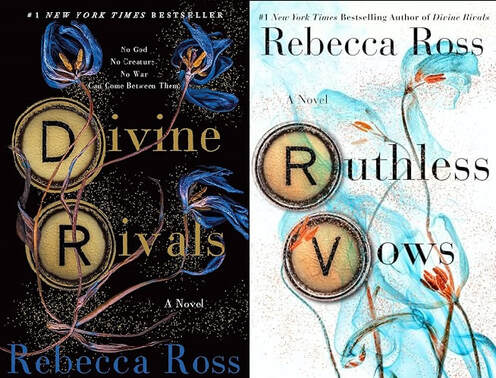
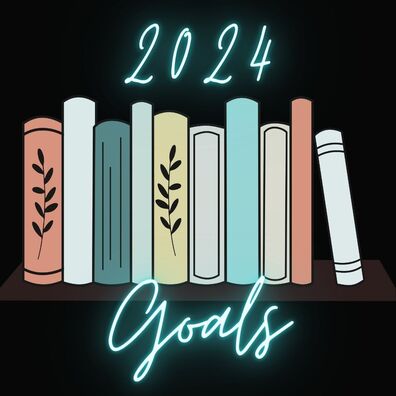
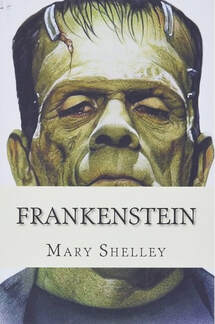
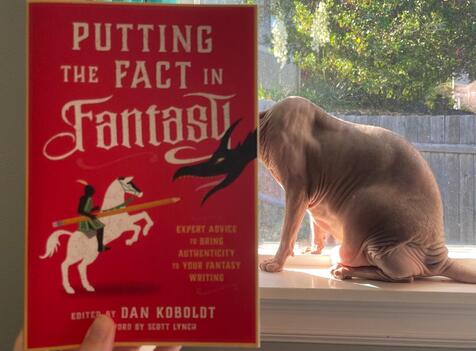
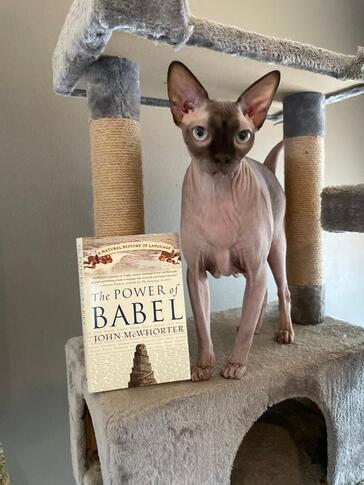
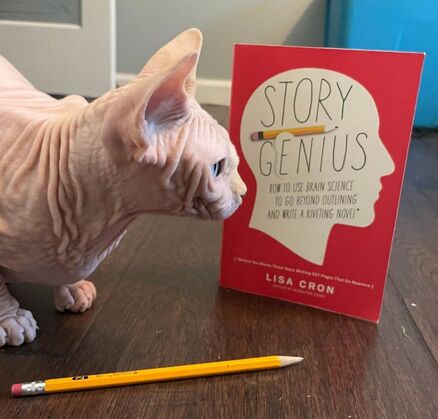
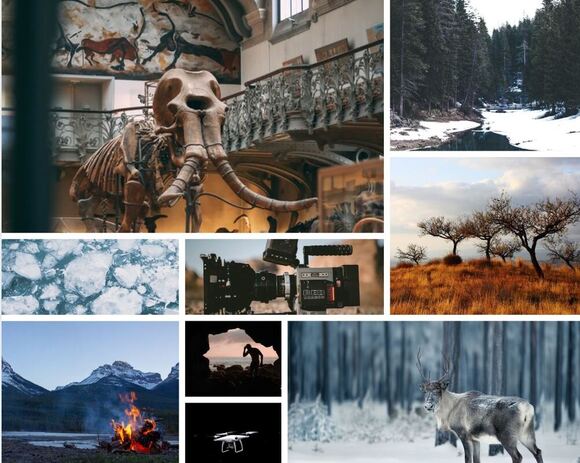

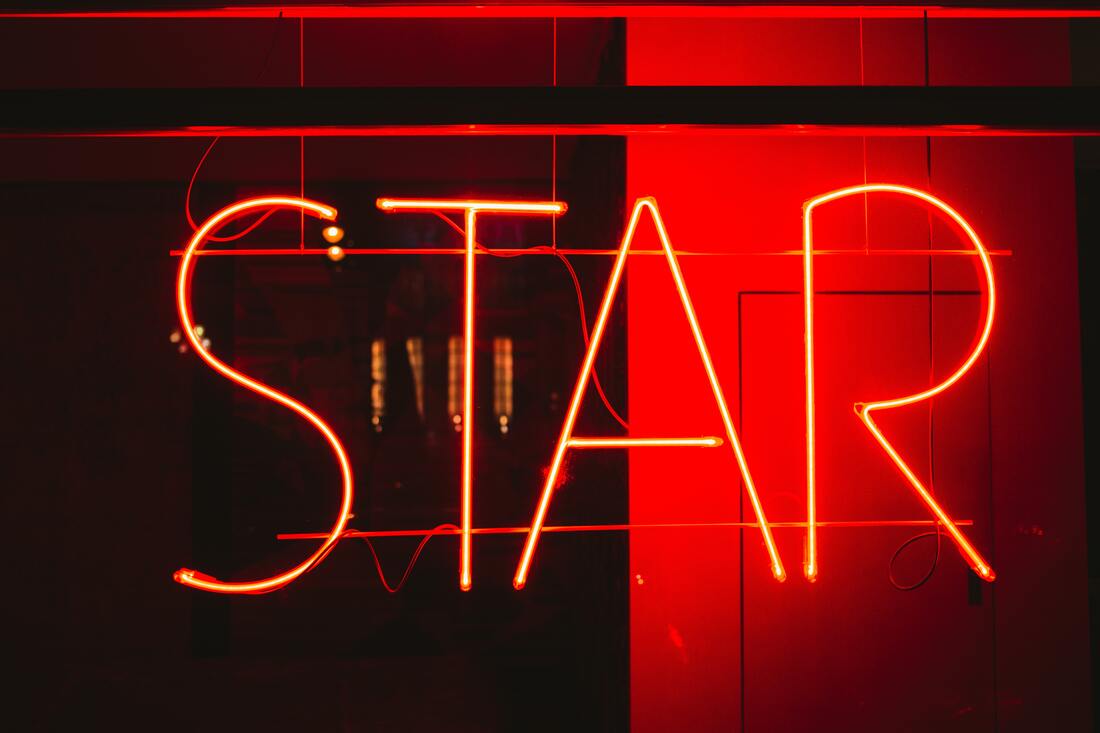
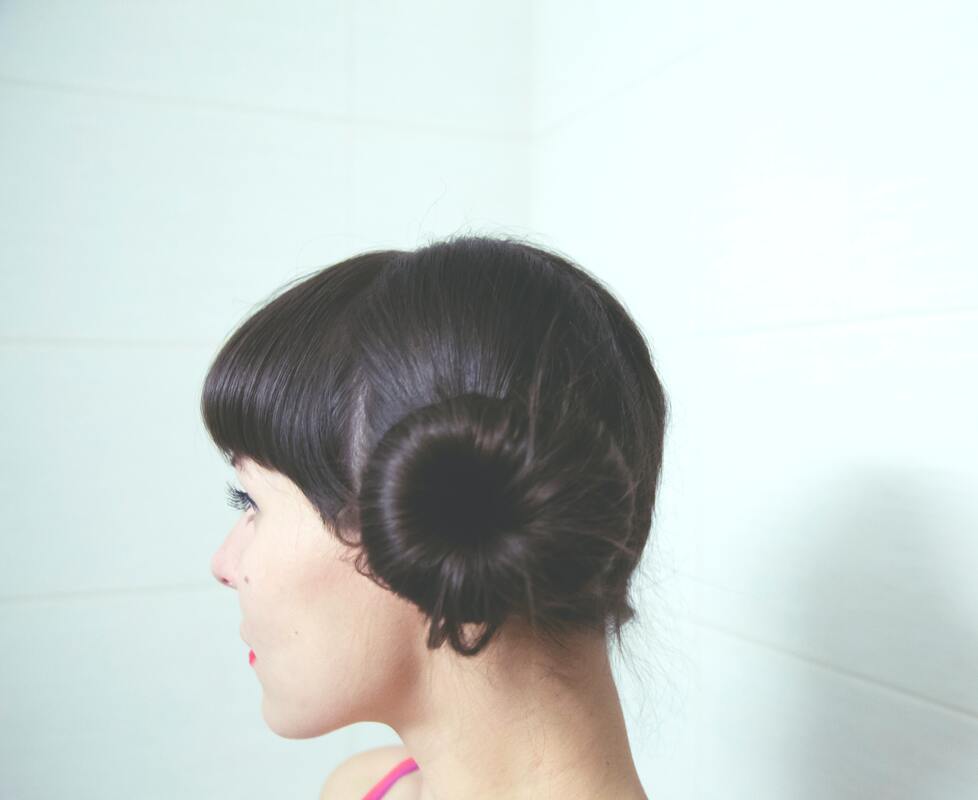

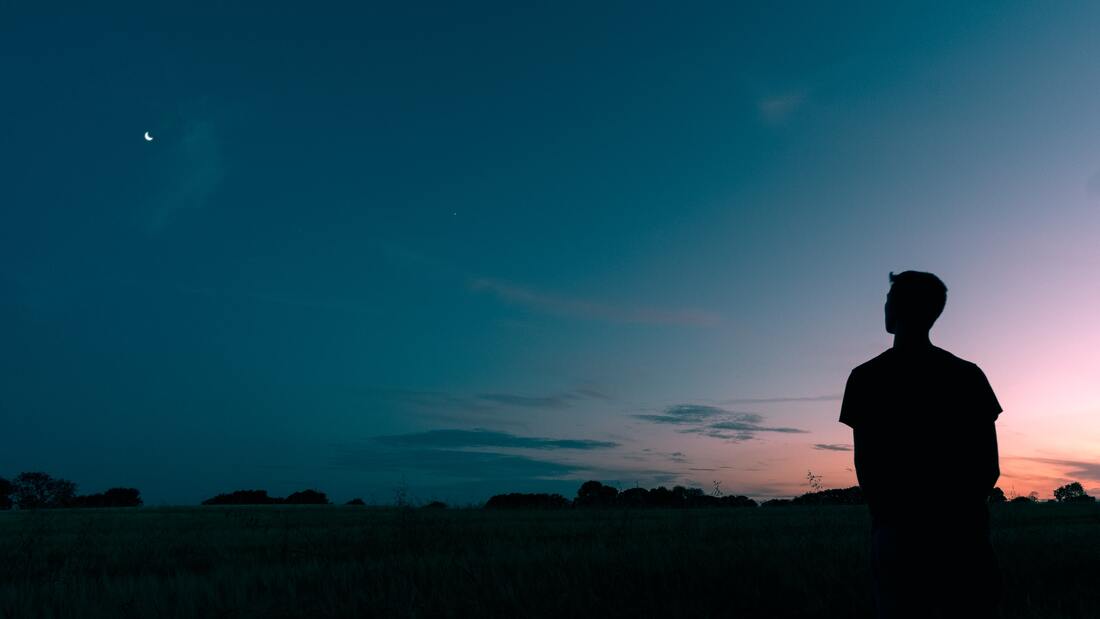
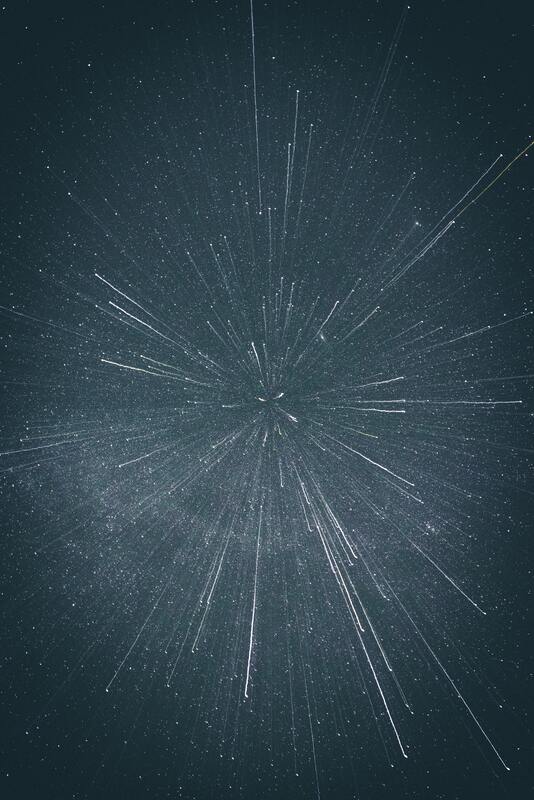
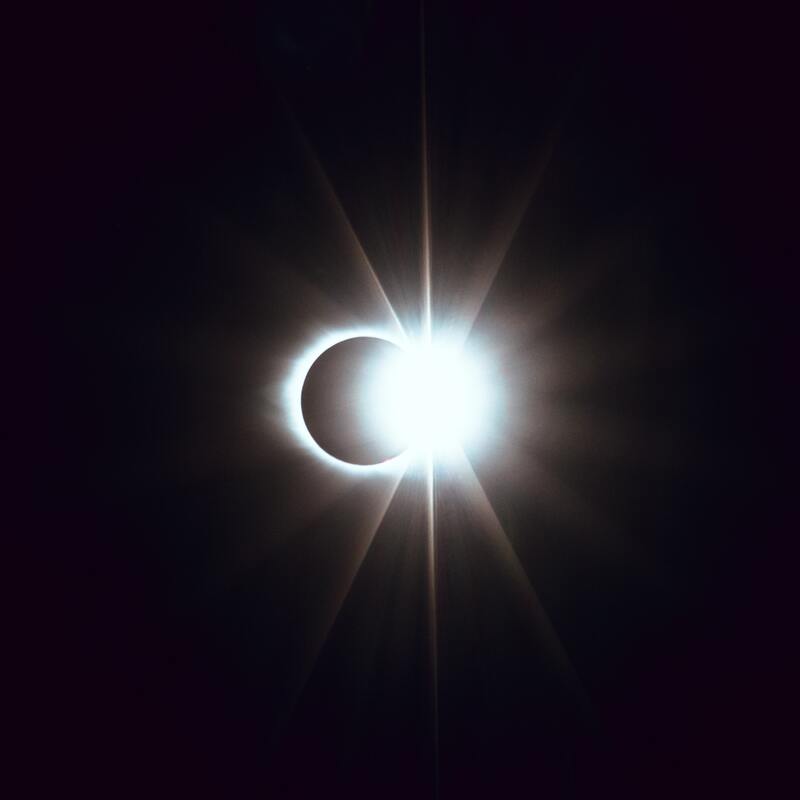



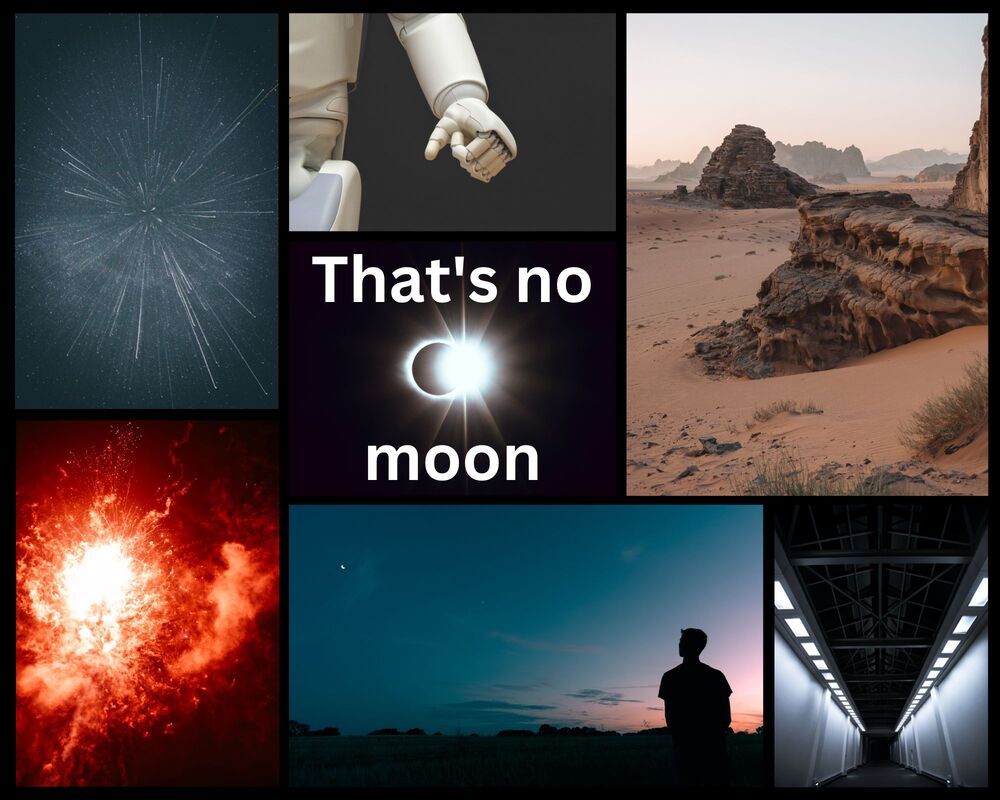
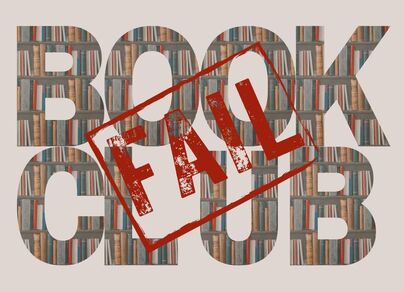
 RSS Feed
RSS Feed